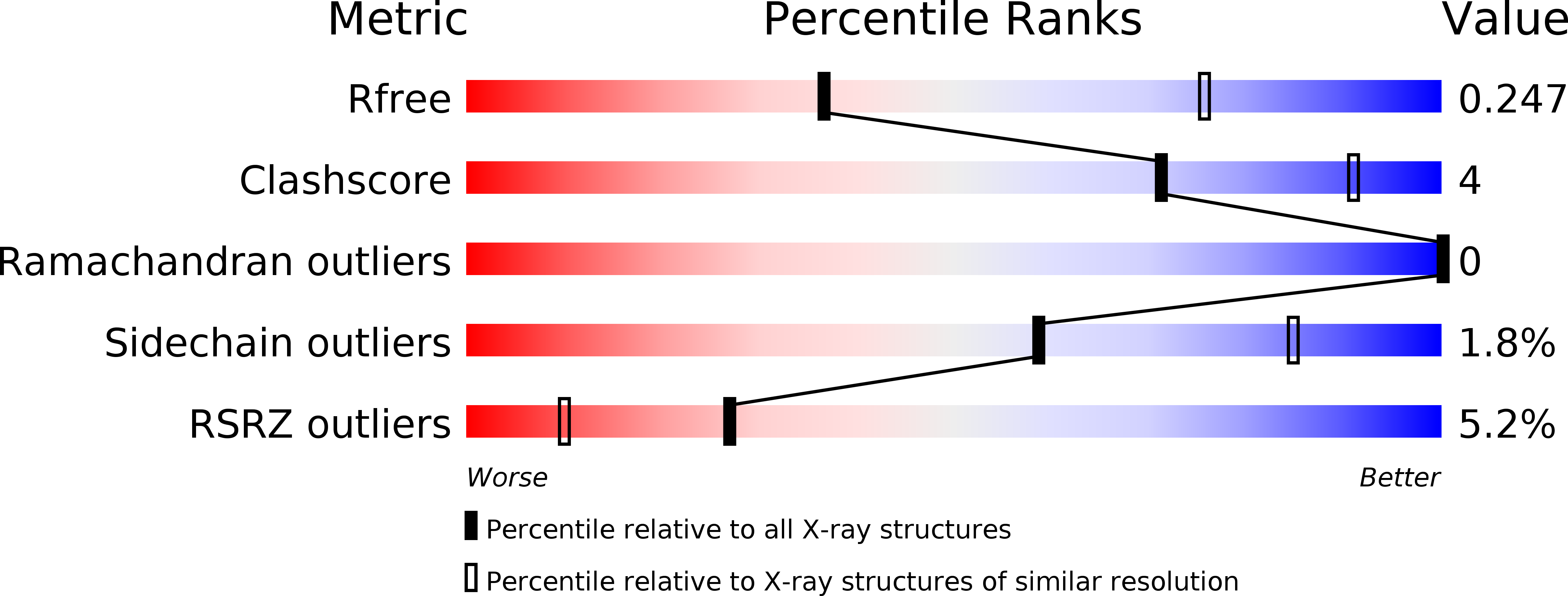
Deposition Date
2015-01-22
Release Date
2015-06-10
Last Version Date
2024-11-06
Entry Detail
PDB ID:
4XSS
Keywords:
Title:
Insulin-like growth factor I in complex with site 1 of a hybrid insulin receptor / Type 1 insulin-like growth factor receptor
Biological Source:
Source Organism:
Homo sapiens (Taxon ID: 9606)
Host Organism:
Method Details:
Experimental Method:
Resolution:
3.00 Å
R-Value Free:
0.22
R-Value Work:
0.20
R-Value Observed:
0.21
Space Group:
H 3 2


